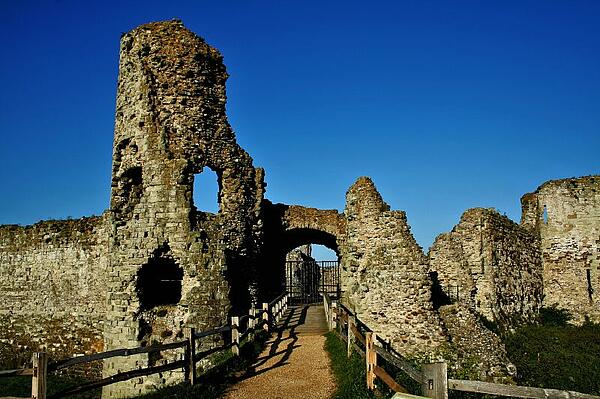Defending a Castle
In Medieval England, a great deal of engineering skill was assigned to developing the defences of castles, which were the most expensive buildings a king or noble could own.
Being static and unable to adapt, castles were subject to close attacks from enemies. This fact led to the development of curtain walls as a first line of defence. These were outer walls that were built to provide the soldiers inside with the time to counter their enemies, who would be unable to see over the high walls. However, if they did make it inside there were many other defensive features in place.

One engineering development that significantly increased the strength and stability of castles was the introduction of round towers, which were more secure than the square towers that came before them. Previously, enemies had been able to dig tunnels underneath the towers and use various methods to force them to collapse (known as sapping). However, this was not as easy to achieve with the more stable round towers.
A moat was another common defence, which would prevent easy access to the castle and allow the defenders the opportunity to attack while they attempted to cross. However, weaker moats were vulnerable to those determined to cross, even with the castles defenders attacking from above.
Inside the castle itself many different features were developed to help ensure it wasn’t taken. The entrance was one of the most important lines of defence, and was always heavily fortified. Typically, this part of the castle would include a drawbridge, a portcullis, arrow slits, murder holes (machicolations) and ant other device that would give the defenders an advantage.
Overall, castle defences made it extremely difficult for them to be taken and quite often the only way in was to play a longer game, typically involving surrounding a castle and starving those inside. However, coastal castles could be supplied from the sea making this strategy impossible. Ultimately, it was the development of artillery including mortars and cannons that brought an end to the reign of the castle, rendering them no longer financially viable due to the ease of their destruction.
See also:
MLA Citation/Reference
"Defending a Castle". HistoryLearning.com. 2025. Web.
